Céline Dion’s documentary, I Am: Celine Dion, has been finally released, offering a rare and candid look into her daily struggles. In one particularly vulnerable moment, Dion shares her experience of suffering a terrifying seizure that lasted several minutes.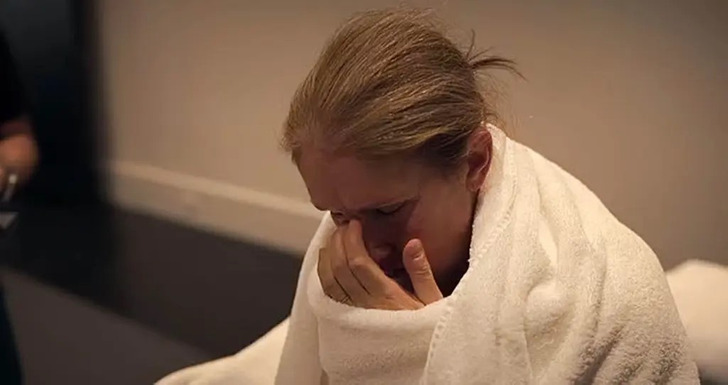
© I Am: Celine Dion / Sony Music and co-producers
The documentary captures a tense moment as Céline Dion undergoes a medical evaluation. The Grammy-winning artist has been struggling with spasms linked to stiff person syndrome, a rare and progressive neurological disorder.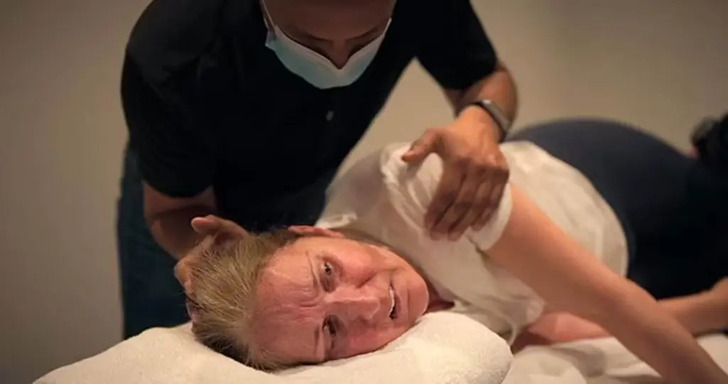
© I Am: Celine Dion / Sony Music and co-producers
Lying down on a massage table, 56-year-old Dion experiences spasms. Her doctor, Lobo, cautions that these spasms could “lead to a crisis.”
Soon after, the icon begins to experience a severe seizure. Her doctor swiftly calls for another medical team member to give her a medication used to treat nervous system disorders.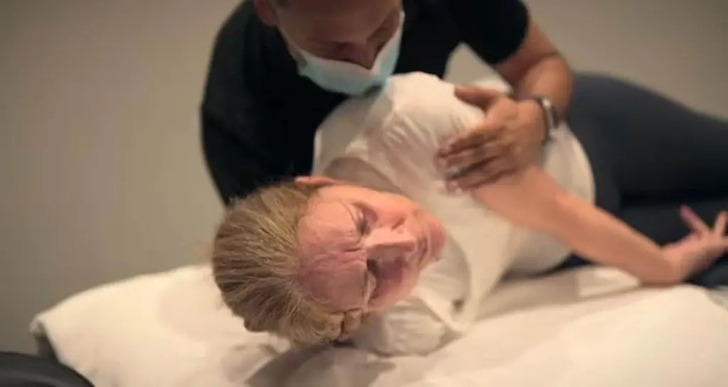
© I Am: Celine Dion / Sony Music and co-producers
At that moment, Dion can be heard groaning in pain as she shakes uncontrollably while lying face down. In a startling moment, Dion appears wide-eyed and unable to move independently.
Despite her condition, she remains conscious and manages to signal her awareness by weakly squeezing one of the medical expert’s hands.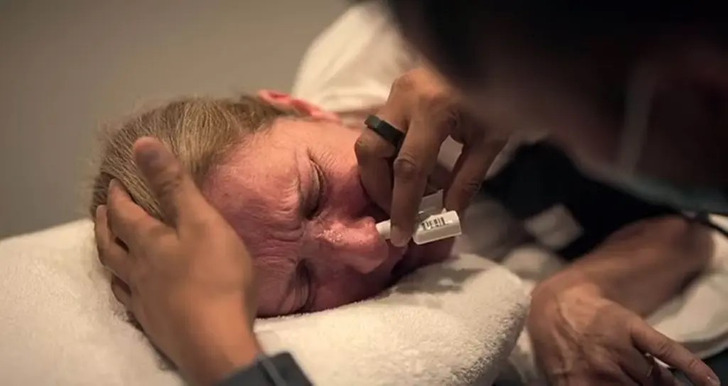
© I Am: Celine Dion / Sony Music and co-producers
Following the administration of two doses of a nasal spray, Dion starts to recover from the seizure. The doctor mentions that if she hadn’t responded, they would have needed to rush her to the hospital.
As the My Heart Will Go On singer seems to regain her composure, she confesses to everyone in the room that experiences like these leave her feeling “so embarrassed.”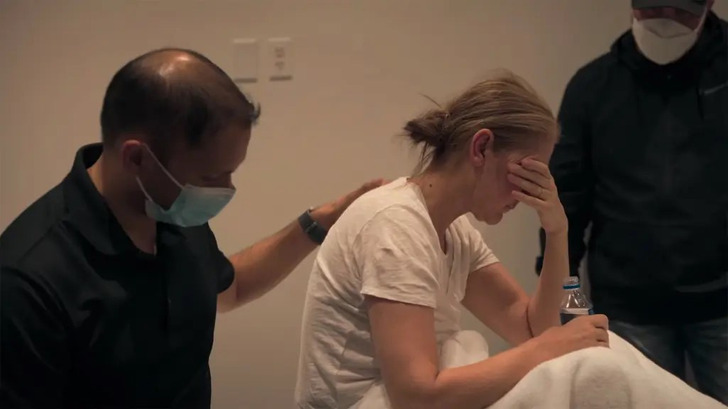
© I Am: Celine Dion / Sony Music and co-producers
Describing her horrible experience, the singer says, “I don’t know how to express it, like, it’s just … you know, like, to not have control of yourself?” Her doctor, Lobo, explains that the likely trigger for the seizure was Dion’s recent session in the studio where she had been singing, which overstimulated her brain.
Dion replied, “Well, what am I gonna do? If I can’t get stimulated by what I love, and then I’m gonna go onstage and, like, you’re gonna put the pulse oximeter on me, and you’re gonna turn me on my back?”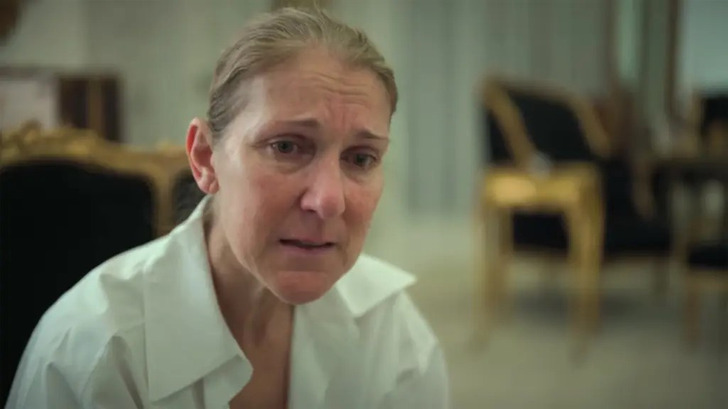
© I Am: Celine Dion / Sony Music and co-producers
Céline revealed her stiff person syndrome diagnosis back in December 2022. The star had to cancel tour dates in Europe, postpone her Las Vegas residency scheduled for October 2021, and later cancel her North American tour.
We admire Céline Dion’s determination and strength in the face of the formidable challenges she has encountered. Her life has been a journey fraught with difficulties from a young age, and here are seven major struggles that have shaped her into the inspirational icon she is today.
Preview photo credit I Am: Celine Dion / Sony Music and co-producers
Never ever kill a house centipede again if you find inside your home
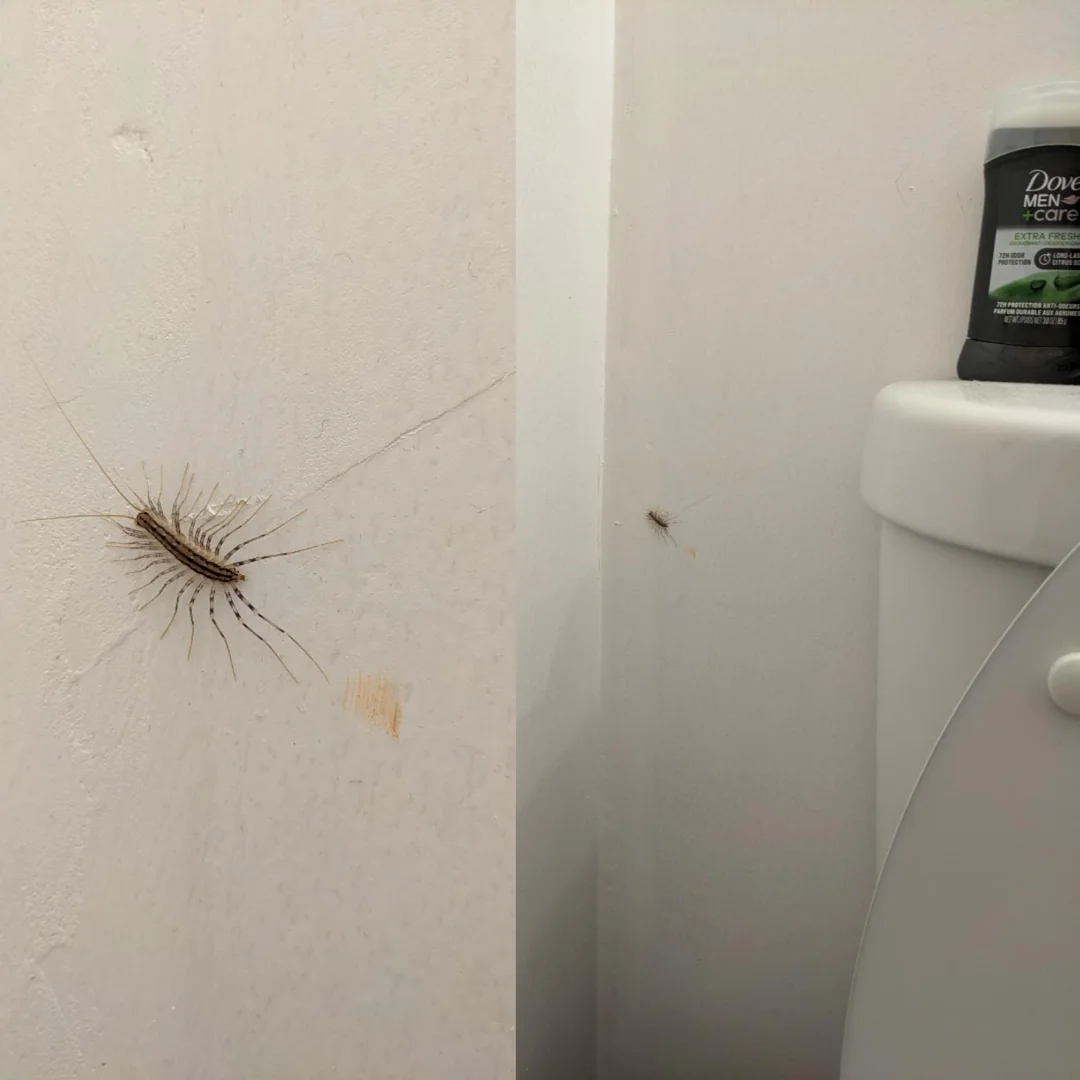
When you encounter insects around your house, how does it make you feel? It’s understandable that your first instinct would be to snatch anything and run over them. Some of them carry dangerous poisons and can sting you brutally and fatally.
The creepiest ones make you feel the worst; you usually want to strangle those small, frightening animals with so many legs as soon as possible.
However, after reading this, you may be reluctant to kill those menacing-looking centipedes the next time you see them in your toilet.
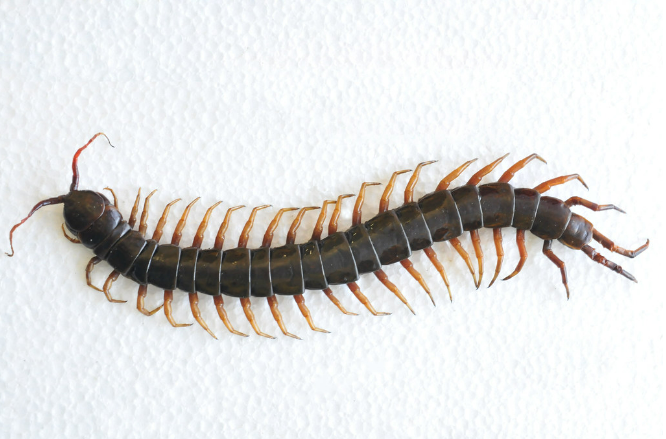
It might be quite hard to resist the impulse to smash centipedes when you notice them crawling around the house. You can be shocked by centipedes. However, after learning how useful they have been around the house, you might wish to just express your gratitude by not killing them in the future.
It turns out that those squirmy, fast-moving organisms have been keeping other tiny insects out of your house. There’s a special kind of centipede around the house that has about 20 legs wrapped around its body and is slightly shorter than its other wormy brethren.
These tiny animals have acted as an undetectable pest deterrent for your house, keeping out ants, bedbugs, silverfish, spiders, and cockroaches. Their appetite is so great that they practically eat any arthropod they find about the house.
Centipedes are good guys, but that doesn’t mean you should open your doors and let them in in large numbers. Instead, it means you should be grateful to the one or two you find about the house and give them a free pass the next time they come.
They may make some noise when they are found, particularly if small children or even adults think they are disgusting and dirty. Let them go on their own or send them outside to munch some leaves instead of just squashing them.

Don’t squish every bug you come across inside your house to avoid the possibility of introducing hundreds of small baby spiders into your house. You really don’t want to see it.
Furthermore, centipedes aren’t all that terrible. They are only weak, small creatures that, aside from terrifying your heart, are hardly strong enough to cause serious harm.
Considering that they don’t actually spread germs throughout the house like other insects do will help convince you that they are genuinely good people.
Since centipedes are basically non-lethal, you shouldn’t be afraid of them either. However, we are unable to say the same regarding a few others. These insects cause a number of terrible diseases that are quite dangerous and could be fatal if properly treated.
Definitely keep an eye out for those. These are a few of the poisonous insects you should avoid coming into contact with indoors.
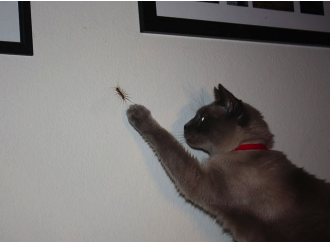
After being bitten, bullet ants give you the sensation that you have been fired, as their name implies. Therefore, you should try to avoid getting bitten. One of the largest ant species, they are commonly found in the rainforests of Nicaragua and Paraguay.
The problem is not the botfly itself, but rather its larvae, which are an inside parasite of many animals, including humans. The female deposits her eggs beneath the skin, and the developing larvae dig further into the skin, causing an infection that alters the tissue of the skin significantly.
According to some parents, they can feel the larvae scuttling inside their skin.
Fleas: Because they feed on blood, flea bites can cause itching, irritation, and sometimes even skin infection.
An invader may sustain agonizing white pustules on their skin for weeks after being repeatedly stung by the notorious fire ant. There are about 295 different species of ants. Some of them discharge toxic venom that might cause allergic reactions in certain persons.
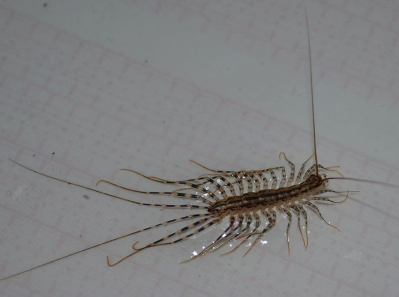
Up to 12,000 people may die each year from the trypanosome cruzi parasite, which is spread by the kissing bug biting its victims’ lips.
The largest hornets are giant Japanese hornets, which may reach a length of 2 inches and have a deadly sting that kills about 40 people per year.
Tsetse Flies: An estimated 500,000 people die from sleeping sickness on the African continent as a result of being bitten by tsetse flies.
Killer Bees: Due to their immense numbers, killer bees usually launch aggressive, overwhelming attacks that are frequently fatal.
Driver ants: These ants use their powerful mandibles to strike with tremendous force. They may kill several animals in a single raid. In addition to attacking other insects, they have a horrible habit of biting humans.
Mosquitoes: Known as the deadliest insects and maybe the deadliest organisms on the planet, mosquitoes are believed to be responsible for up to one million deaths each year from diseases like yellow fever, encephalitis, West Nile virus, and malaria.



Leave a Reply